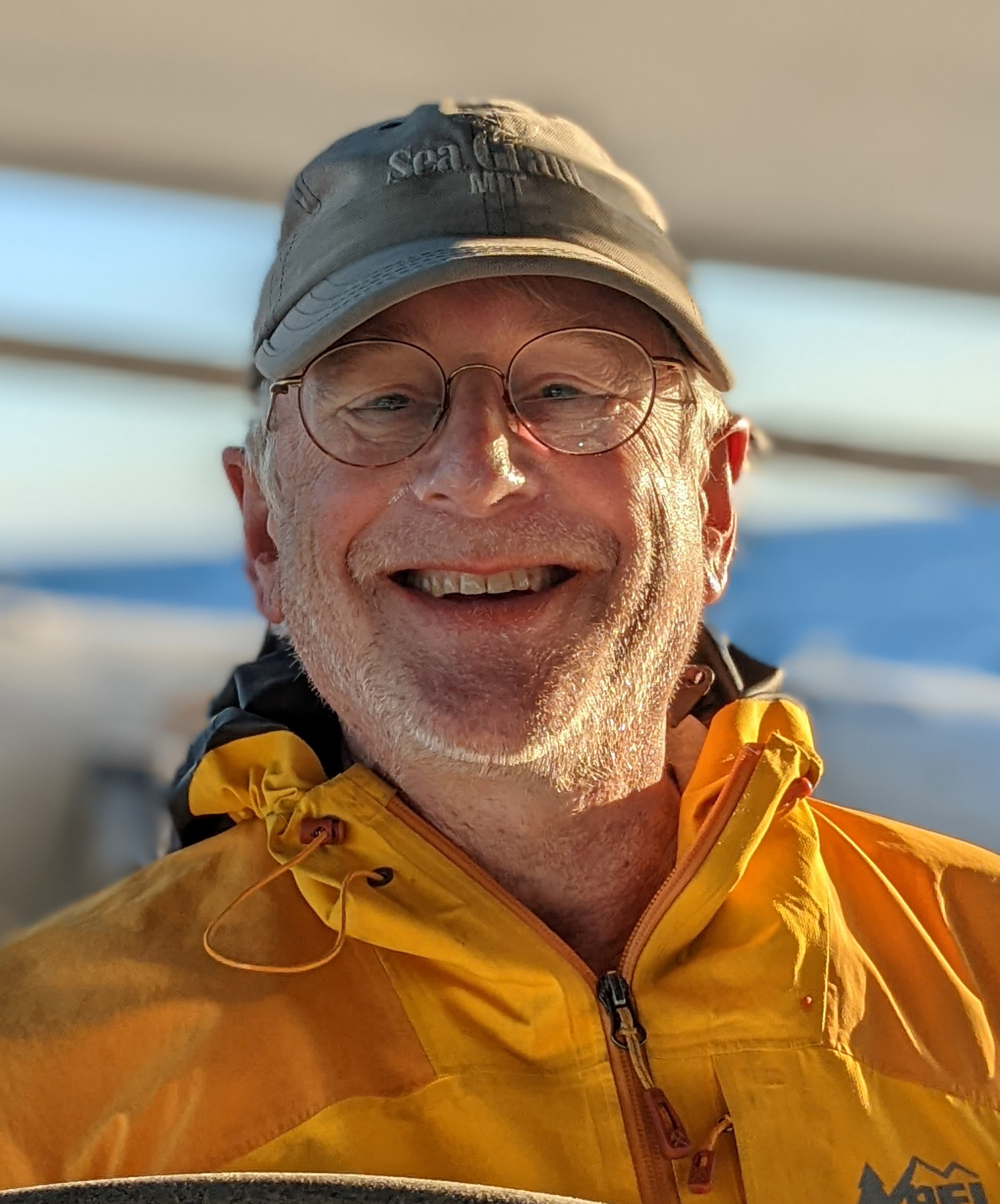 |
CAPT. MICHAEL SACARNYResearch Engineer 617-253-9311 |
Michael Sacarny has been in the AUV Lab since 2013. Prior to this, he spent over 35 years designing and implementing complex systems in diverse industries including renewable energy, radioactive waste processing, structural testing, fetal heart monitoring, desktop audio, and digital signal processing tools. In the AUV Lab, he designs and builds ASV and AUV system hardware and software. He is also a licensed captain, and provides operational support to field missions in Boston Harbor and beyond.
Education
B.S. in Electrical Engineering, Cornell University, 1976
Master of Engineering, Electrical, Cornell University, 1977
Volunteer Experience
U.S. Coast Guard Auxiliary (2008 – current): Flotilla Staff Officer, Vessel Safety Examiner, Lead Instructor, Boat Crew certified, C.G. Observer on commercial whale watches
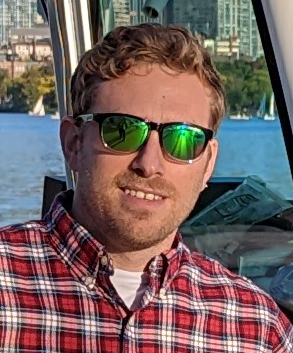 |
MICHAEL DEFILIPPOResearch Engineer 617-258-7192 |
Michael has been a marine robotics research engineer in the AUV Laboratory in the MIT Mechanical Engineering department since 2013. His primary research focus is in unmanned surface vessel autonomy and perception with over six years of in-field robotics experience in ROS for perception, navigation, and simulation, as well as MOOS-IvP for autonomous decision making and multi-robot systems. He has designed robotic perception systems from the ground up and has extensive experience in OpenCV, PCL, sensor fusion and multiple machine learning frameworks. Michael received his Masters in Robotics Software Engineering from Brandeis University in 2022 and a Bachelors in Electrical and Computer Engineering from Suffolk University in 2013. Prior to this, he served in the U.S. Air Force for six years as a laser and infrared avionics technician.
Education
B.S. Electrical and Computer Engineering, Suffolk University, 2013
B.S. Business Administration, University of Maryland University College, 2009
M.S. Robotics Software Engineering, Brandeis University, 2022
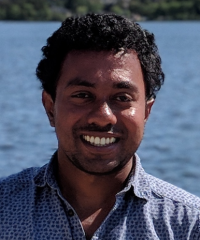 |
DR. SUPUN RANDENIResearch Scientist 617-253-2203 |
Supun Randeni is a Research Scientist in the Department of Mechanical Engineering (MechE) at the Massachusetts Institute of Technology (MIT). He received his BEng. (Hons) in Naval Architecture degree from the Australian Maritime College, Uni. of Tasmania in 2013, and his Ph.D in Maritime Engineering from the same institution in 2018. From 2018 – 2021 he conducted his postdoctoral research at MIT, where he furthered his Ph.D work, and developed a high resolution AUV navigation system (HydroMAN – a system that is now being used in DARPA Manta Ray program) together with an integrated acoustic communication and navigation network for under-ice operations, which was demonstrated at the 2020 US Navy Ice Exercise (ICEX20) conducted in the Arctic Beaufort Sea to provide a GPS-grade navigation solution to underwater vehicles. During his postdoctoral training, he also conducted research on developing a non-acoustic position estimation technique for submarine towed-arrays systems, and he developed a new low-cost, A-size AUV (MK39-Morpheus) with a bio-inspired design of adaptive dorsal fins to dynamically alter the vehicle’s directional stability in order to improve both maneuverability and stability. His research interests lie in GPS-denied navigation, multi-vehicle autonomy, anti-submarine warfare (ASW) and vehicle platform development.
 |
DR. MILICA STOJANOVICVisiting Scientist 617-253-7042 |
Lab Affiliates
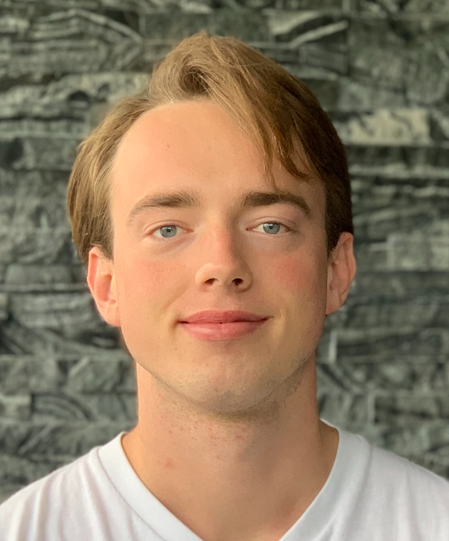 |
FILIP TRAASDAHL STROMSTADMechanical Engineering MIT |
Filip is from Norway and completed his undergraduate degree in cybernetics and robotics at the Norwegian University of Science and Technology (NTNU). He is now pursuing a masters degree in mechanical engineering at MIT. Filip has a general interest in marine robotics and autonomy, especially the possibilities within multi-agent autonomy.
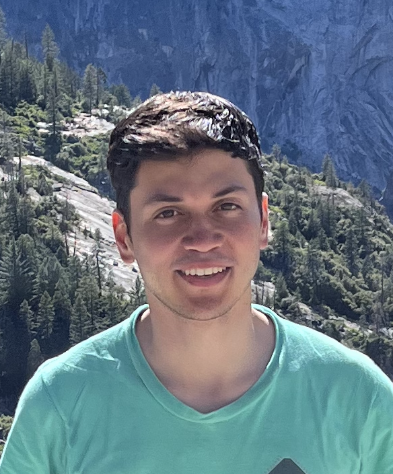 |
RAUL LARGAESPADAEngineering in Advanced Manufacturing and Design MIT |
Raul Largaespada is a MEng (Master of Engineering in Advanced Manufacturing and Design) student in Course 6, and a member of the MIT Class of 2020 in Electrical Engineering and Computer Science (Course 6-2) and Aerospace Engineering (Course 16). He is working to port recently developed trajectory optimization algorithms for motion planning from the Robotic Locomotion Lab at MIT to the MOOS-IvP ecosystem, and is investigating the applicability of these algorithms to marine vehicles in surface and underwater domains. After completing his research, he will be joining the Flight Software Integration and Test team for Mars Sample Return at the NASA Jet Propulsion Laboratory. Outside of research, he enjoys playing guitar and video games, and scouring the Boston area for the best local restaurants.
12 Emily Street, NW98
Cambridge, MA 02139
seagrantinfo@mit.edu
(617) 253-7041
Accessibility
MIT Sea Grant College Program
Massachusetts Institute of Technology
77 Massachusetts Avenue, NW98-151
Cambridge, MA 02139
MIT Sea Grant Newsletter
Northeast MA Coastal Outreach (NEMCO)
Southeast MA Coastal Outreach (SEMCO)

